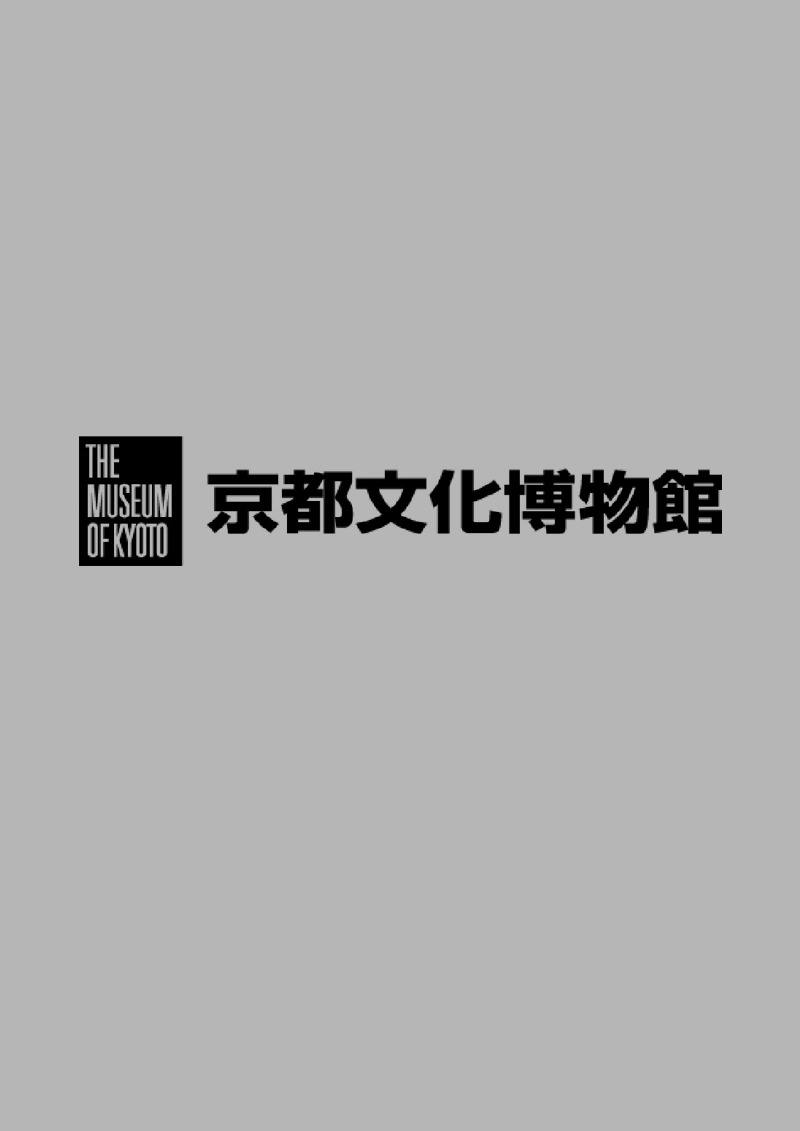Special Exhibition “Yes, We love cats any time!”
2017.4.29(Sat) 〜 6.11(Sun)

Cats have been beloved by the Japanese people, and integrated into daily life for many years. From long ago to the present day, cats have appeared in stories and pictures in various forms. This is especially true from the end of the Edo period to the start of the Meiji period (19th century), when cats became hugely popular, often appearing in Kabuki and entertainment themes of this era. This exhibition, “Yes, We Love Cats Anytime!”, includes many examples of Ukiyo-e and maneki neko that are largely from the 19th century to the 20th century, introducing the viewer to the “cat-mania” of this period from various angles. One cannot help but smile when viewing the freely fashioned cats that appear in these pictures. Of course, we are crazy about cats, but even those of us who are not, will certainly be charmed by these cats of the Edo period. Finally, we would like to sincerely thank all the cat-lovers that contributed many lovable cats to the show, and all those who cooperated to make this exhibition possible.
The Organizers
How exactly did cats fit into Japanese life? According to archaeologists, there is evidence that cats have been a part of daily life since the Yayoi period (100BC). During the Nara, and Heian periods (8th – 10th century), cats were a high-class pet among the upper class, and kept on leashes. In the Edo period (17th century), as industries and economies developed in various places and urbanization began to progress, cats melted into the common people’s life. They also became vital as mouse catchers, protecting food and silkworms. In early modern society, drawings or objects depicting cats were popular as talismans, lucky charms and amulets. On the other hand, cats were seen as strange creatures, with magical powers. In this section, we will introduce mouse-catching cats, cats loved by beautiful women, and several strange stories about cats, through ukiyo-e and books. Many images of cats were held dear by the people of the Edo period.
In the late Edo period, cats became a popular theme in kabuki and theatre. These cats were not the cute creatures, useful to daily life, but frightening evil spirits in cat form, the bake-neko, or “evil cat”. The bake-neko trend in theatre began in 1827, with a performance by the popular actor, Onoe Kikugoro the Third, in the play Hitoritabi Gojyusantsugi. The bake-neko appearing in these plays is often represented by a beautiful female form. It is an unfortunate fact that that the suspicious nature and behavior of cats became associated with the image of women unhinged by love or jealousy, or those that captivate men against their better judgment. Through the bake-neko character, we have a window into the variety of images that the people of the Edo period subconsciously saw in cats. Kabuki featuring the bake-neko character had many variations and remained popular until the Meiji period. Famous stages that featured bake-neko stories included Okazaki (Tokai area, Aichi Prefecture), and Saga (Kyushu, Saga Prefecture) among others.
Cat-mania of the late Edo period reached its peak in the 1840’s. In addition to the bake-neko character, cat themes became increasingly popular in theatre and entertainment, lovingly and humorously anthropomorphized, and darting within ukiyo-e pictures. Fashionable plays, famous kabuki scenes, and portraits of popular actors were depicted with cat-like characters, and published one after another. In this period, ukiyo-e artists depicted personified cats and cats personified. Also, works that could be confused with contemporary art, and those that played with puns were popular. Utagawa Kuniyoshi, and those that were connected to this ambitious ukiyo-e painter of the time, were particularly influential. Cats have been closely related to people’s livelihood since ancient times. People in the Edo period observed the rich expression of cats living close to us and discovered elements similar to the personalities of people. Innovator of this trend, Kuniyoshi himself, was a lover of cats. Pictures by him and his disciples often depict cat imagery, even in kimono patterns and small works.
In the late Edo period (19th century), when cats were prevalent in the performing arts and ukiyo-e, another important craft related to cats was born. The Maneki-Neko (beckoning cat) doll was born, a figure that is still loved by the Japanese people today. The figure is imagined as a cat that is grateful to its caring owner, and thus invites customers to his business. In Edo period Japan, it was observed that a characteristic of cats was to rub their faces with their forepaws. The posture of the Maneki-Neko probably represents this gesture as it stretches its spine and beckons with its right paw. It is not clear exactly when the lucky cat was made. However, there is evidence that the figure was sold around 1852 in the Asakusa neighborhood of Tokyo, under the brand name Marushime no Neko, indicating that it was distributed among the common people by at least the mid 19th century. From this point, the popularity of the beckoning cat spread, and was produced in many parts of Japan. The figure is made of various materials, including clay, porcelain and paper mache.
Cats have long been important playtime partners of children. Children played not only with real cats but with those depicted in pictures. From the late Edo period to the Meiji period, there were many ukiyo-e pictures published as “toy pictures” for children. These toy pictures included karuta (card game), nazonazo (word riddles), sugoroku (dice), and assembled paper crafts. Children became infatuated with these toy pictures when they realized how entertaining they were. A few decades later, Utagawa Kuniyoshi would publish many ukiyo-e pictures of cats.
A list of “Yes, We love cats any time!”
Download PDF